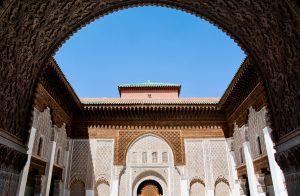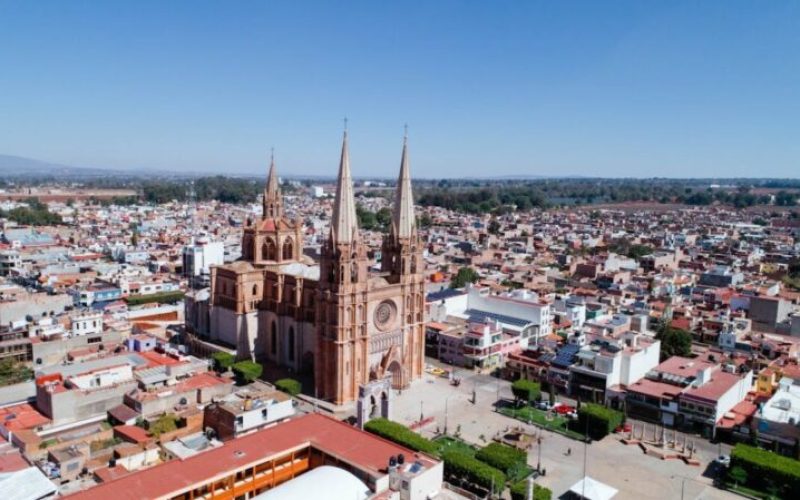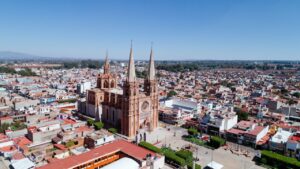Saint Symeon the New Theologian was born in 949 and died in 1022. Saint Symeon was one of the four saints canonized by the Eastern Orthodox Church and given the title of “Theologian.” He was likely given the title of “Theologian” because it is believed he spoke from personal experience of God’s vision. Saint Symeon was born into the Byzantine nobility and given a traditional education. When he was young, Saint Symeon met Symeon the Studite, a renowned monk of the Monastery of Stoudios in Constantinople, who convinced him to give his own life to prayer and asceticism under the elder Symeon’s guidance. Had you ever heard of Saint Symeon?
Saint Symeon Biography

The details of the life of Saint Symeon come from his writings and the Life of Symeon, written by his disciple Nicetas. He was born in Galatia to Basil and Theophano Galaton, members of the Byzantine nobility. At age fourteen, Saint Symeon he a pivitol and life-altering Symeon the Studite (also called Symeon the Pious), a holy monk of the Monastery of Stoudios in Constantinople. That meeting convinced the younger Symeon to skip higher education and take on Symeon the Studite as his spiritual father. At that time, he began studying the life of prayer and asceticism under his guidance, and he wanted to immediately enter the monastery.
Symeon the Studite asked the young Symeon to wait before becoming a monk. At age twenty-seven, he entered the Monastery of Stoudios, giving his life over completely to discipleship to his teacher Symeon the Studite. The elder Symeon was not an ordained priest, but a simple monk who was considered holy by many people. The younger Symeon was extremely zealous in his practices, like a saint should have been.
Following the elder Symeon’s advice, Saint Symeon left for the nearby Monastery of Saint Mamas in Constantinople, which was described as run down. During his time at Saint Mamas, he continued to follow Symeon the Studite’s guidance. Within three years after moving to Saint Mamas, Symeon was tonsured as a monk, ordained as a priest, and elected as the abbot of the monastery. He spent the next twenty-five years as abbot of Saint Mamas, attracting many monks and clergy with his reputation for learning and sanctity.
Not all of the monks were attracted by Symeon’s zealous approach. Saint Symeon attempted to reform the monasteries, where monks had become subservient to the emperor and had acquired large holdings of property, libraries, and art. Symmeon’s writings and teachings were aimed at returning the monasteries to their traditional role in the early church.
He endured biting opposition from church authorities, particularly from the chief theologian of the emperor’s court, Archbishop Stephen, who at one time was the Metropolitan of Nicomedia. Archbishop Stephen was a former politician and diplomat with a reputation for a thorough theoretical understanding of theology, but one that was removed from experience of the spiritual life. Symeon, in contrast, held the view that one must have experience of the Holy Spirit to speak about God, at the same time recognizing the authority of scripture and of the earlier Church Fathers.
In 1009, Symeon was sent into exile near Paloukiton, a small village near Chrysopolis on the shore of the Bosphorus. He was left by church authorities alone and without food, in the middle of winter. There he found a deserted and ruined chapel that had been dedicated to Saint Macrina. He stayed at the Saint Macrina monastery, where many close disciples, both monks and secular people, gathered around him. Saint Symeon spent the last thirteen years of his life in exile, dying from dysentery on March 12, 1022.
He is recognized as a saint by the Eastern Orthodox Church and was spoken about positively by Pope Benedict in 2009. After Symeon’s death, his writings were kept alive by small groups of followers. Many copies of his works were made in the following centuries, particularly around the 14th century, and among the Eastern Orthodox monasteries on Mount Athos.
Conclusion
Saint Symeon taught that putting oneself under the guidance of a spiritual father was essential for those who were serious about living the spiritual life. His discipline is worthy of emulation. He exile was something he used to attract followers. It is funny who he used it on. He was probably happy to be an exile and to find a monastery there.








